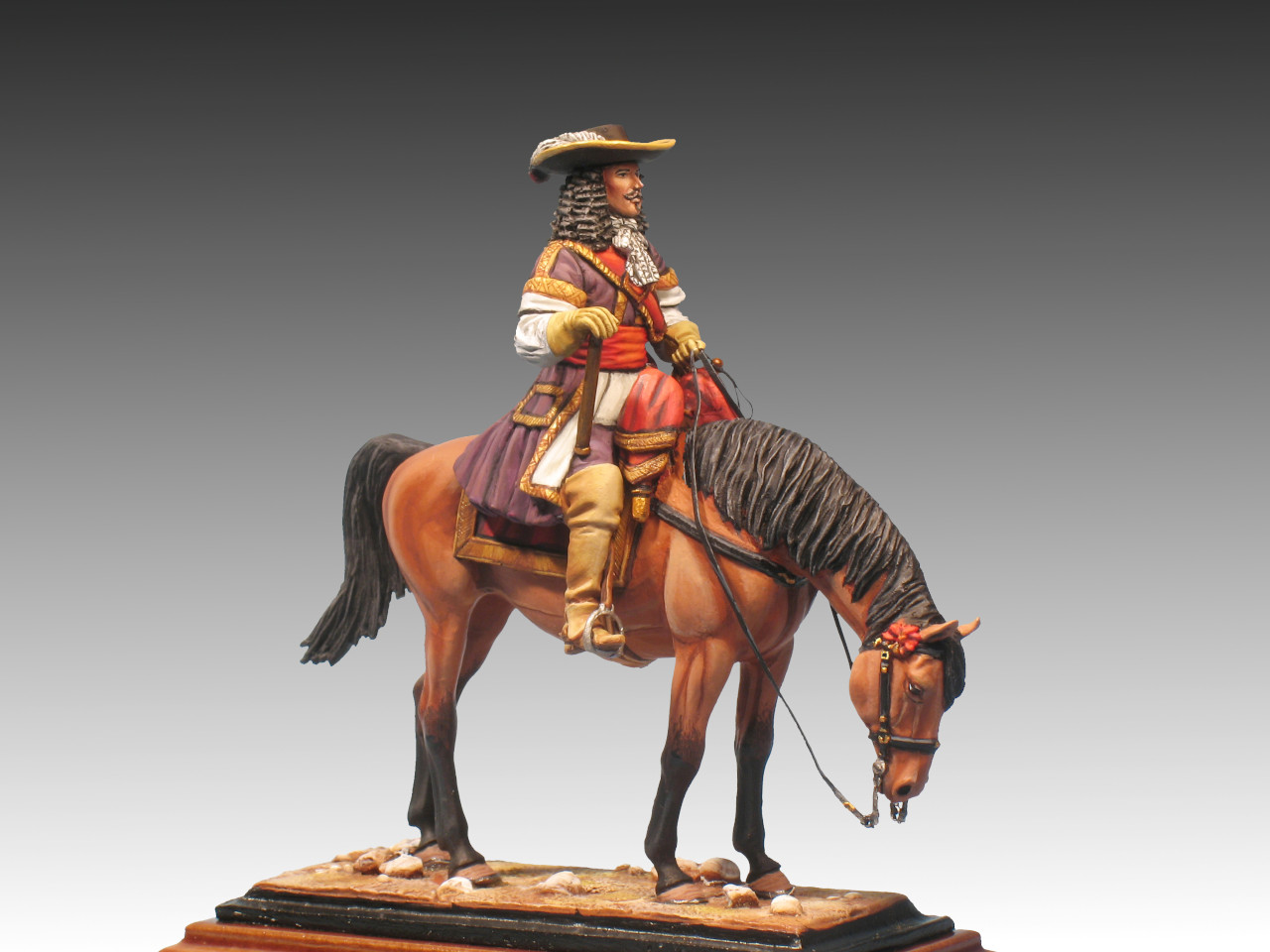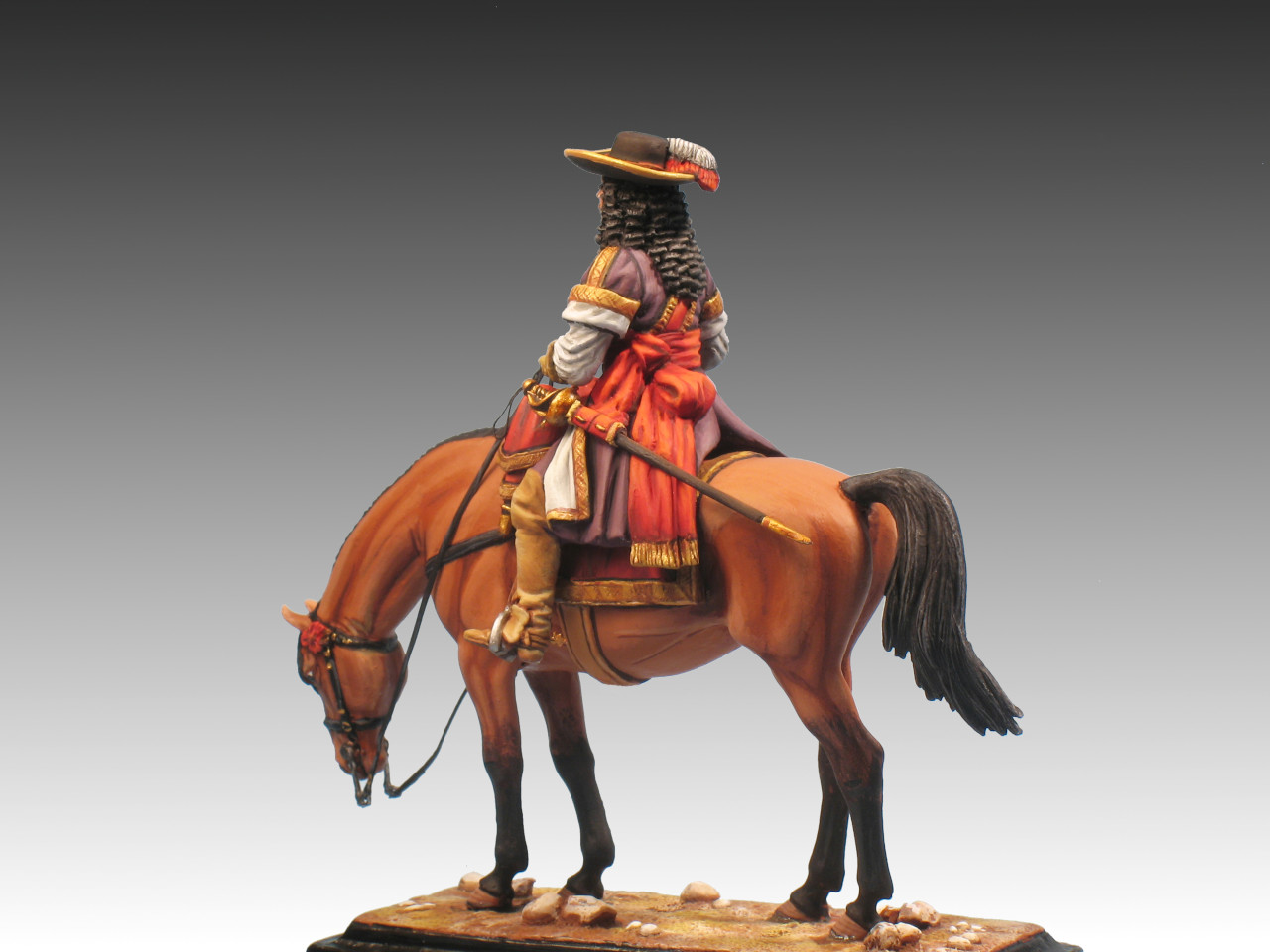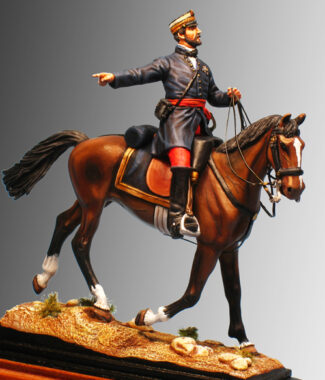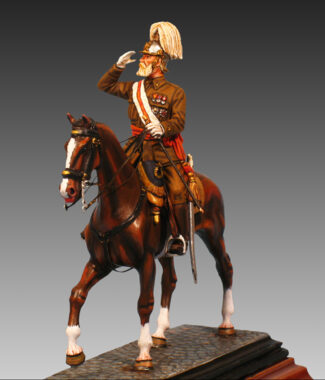You must be logged in to post a review.
Juan José de Austria – 1677
€89.00
Figure to assemble and paint
Ref.: 10 – GE
Weight: 250 grs.
Material: Metal blanco
Number of Pieces: 17
Historical Review:
Spanish military officer and politician (Madrid, 1629-1679). The natural son of Philip IV of Spain with the actress Maria Calderon. He was raised in secret, with the intention of assigning him to the ecclesiastical career; but, on the advice of the Count-Duke of Olivares, the king recognised him in 1642 to make up for the possible lack of male heirs. In 1643 he was elevated to the dignity of prince and appointed prior of the military order of St. John for the kingdoms of Castile and León; however, the king always rejected his claim to be legitimised and recognised as an infante.
He began to emulate the exploits of the first John of Austria at the age of 18, when he was placed in command of the fleet sent to quell the revolt in Naples (1647-51). His credit increased when he commanded the siege of Barcelona in 1652, which ended the Crown’s long war against the rebellion in Catalonia, and he was appointed viceroy of that territory (1653-56).
He was then viceroy of Flanders (1656-59), a task in which he achieved some successes against the French, such as the lifting of the siege of Valenciennes and the capture of Condé, but he was unable to prevent the loss of Dunkirk. Finally, Philip IV put him in command of the Spanish army that was trying to regain control of Portugal, a task in which he failed (1661-64).
After Philip IV’s death (1665) he switched from military activity to court politics. In view of the problems of succession and the weakness of the Crown during the reign of his half-brother Charles II, Don John of Austria strove to achieve a legitimacy that would facilitate his access to the governorship of the Monarchy. He even planned to marry a daughter of the deceased king and alarmed the Austrian branch of the House of Habsburg with his thinly disguised aspirations to the throne.
The struggle for power pitted him against the Queen Governor Mariana of Austria and her favourite, the Austrian Jesuit Nithard. They tried to remove him by assigning him to Flanders to contain a new French attack, but he refused the appointment (1668). In the same year he was banished when it was discovered that he was involved in a plot against Nithard; before being arrested, he fled to Catalonia and took command of an armed force, with which he marched towards Madrid, forcing Nithard’s downfall (1669). However, he did not dare to attack the capital and saw how power was left in the hands of a new favorite, Valenzuela; he evaded further attempts by the queen to remove him from Spain by posting him to Flanders (1670) and Naples (1675).
In 1675 he returned fleetingly to Madrid, when Charles II came of age and called upon him to take the oath with the honours of an infant, in a tense struggle by the young king to free himself from his mother’s regency and Valenzuela’s power; but he was immediately removed from the court under the influence of the queen mother. It was the pressure of the Spanish grandees and the military that succeeded in his rehabilitation after the fall of Valenzuela (1676). From the time he settled at court in 1677, he directed the government of the monarchy until his death. In those three years, apart from settling scores by taking revenge on the queen mother and Valenzuela (whom he banished to the Philippines), the only noteworthy event was the Peace of Nijmegen (1678), by which Spain ceded extensive territories to France.
The figure wears the uniform of the Generals at the time. The badge continued to be the crimson silk sash they wore, now knotted at the waist with large loops and with the same fringes and embroidery at the ends, also continuing with the command staff, short and with gold trimmings; the large feathers that were previously worn on helmets and hats are now replaced by a plumage that borders the new French-style hats. A new distinction of this reign was the embroidery on the edges of the jackets and their laps, and also on the seams of the garment. Reminiscent of the old armour, they retained the breastplate, but it was generally worn underneath the jacket.








Reviews
There are no reviews yet.